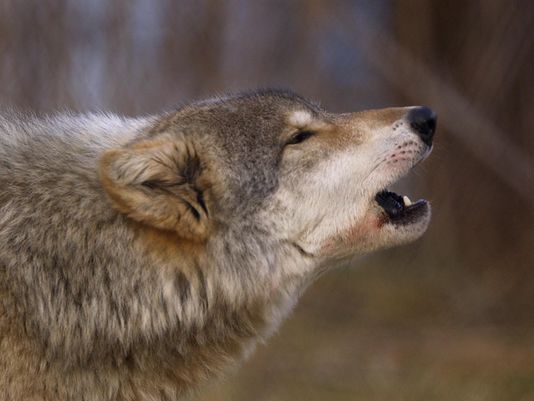
By the mid-1930s, wolves had been all but eradicated from Colorado. Feared by ranchers trying to protect their livestock, the species fell victim to America’s expansion and the taming of the West.
But during the last 10 years, wolves have been reintroduced to areas of Wyoming, Idaho, Montana, New Mexico and Arizona. For the most part, packs have remained stable, with wildlife officials estimating about 1,650 wolves living across the West.
Even in California, two adult wolves and five 4-month-old pups were spotted in early August in a northern part of the state, marking the first sighting of the species in the state in almost 100 years.
Michael Soulé, a renowned conservation biologist, believes the return of wolves to Colorado is inevitable, and the ramifications will have an incredibly positive impact on the region’s overall ecosystem.
Soulé spoke last weeky at the San Juan Citizens Alliance’s first Green Business Roundtable of the fall. Considered the “Father of Conservation Biology,” he also spoke at the Durango Arts Center’s members’ exhibit.
Soulé told about 100 people at the Henry Strater Theater that large predatory animals are the most crucial component of a balanced habitat.
As a professor in San Diego, a few students stopped by his office to ask about potential class projects. He took the students to two nearby canyons: one with songbirds and another without. He asked, “Why is that?”
“The answer is one had coyotes and the other didn’t, and the one with coyotes had a lot more kinds of birds. It was the opposite of what the students expected,” he said.
That’s because Soulé believes the presence of coyotes even out the amount of cats in the area, which can devastate bird populations. It’s a small example that can be applied on a grander scale when thinking about biodiversity.
“Top predators maintain diversity of the ecosystem, and that’s why we need to protect them,” he said. “But it’s hard to protect them because they eat animals people invest livelihoods in.”
Soulé pointed out that when pioneers migrated west, they traveled with a mindset to control and dominate the land, as evidenced by the prevalent Manifest Destiny attitude.
Frontiersmen scoured the wilds, butchering large animals along the way, sometimes just for sheer sport. The result is that, today, cattle are among the most abundant animals in the world.
“It’s really shocking how few wild animals are left in the world,” Soulé said. “Domesticated animals totally dominated the world. There’s not much space left for anything else.”
